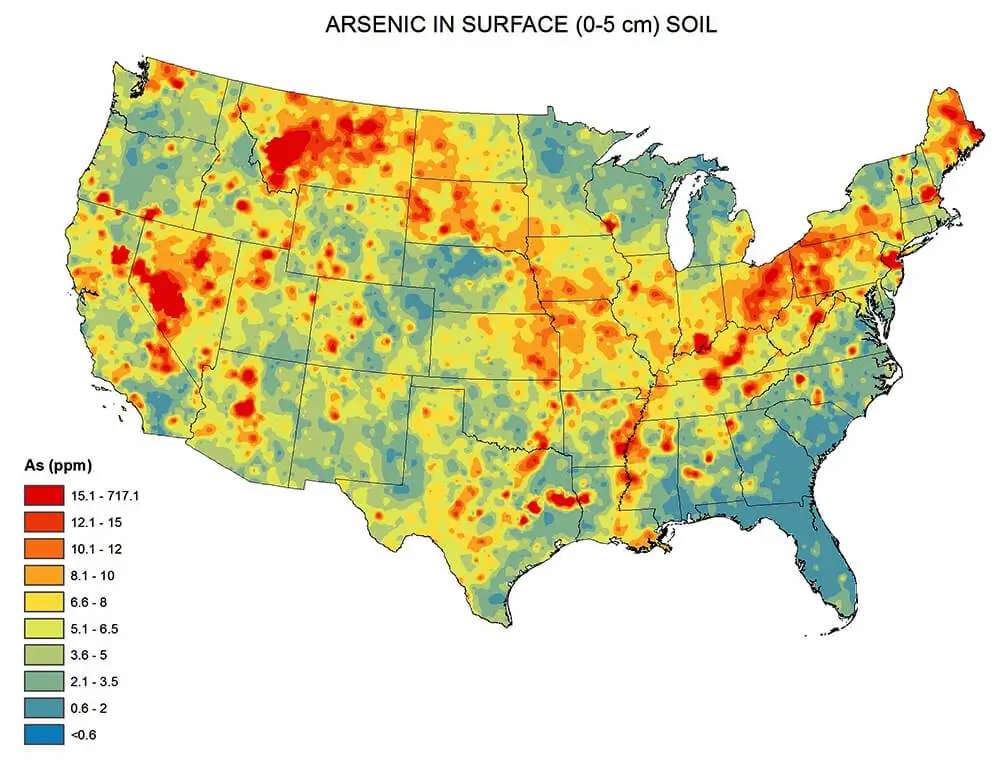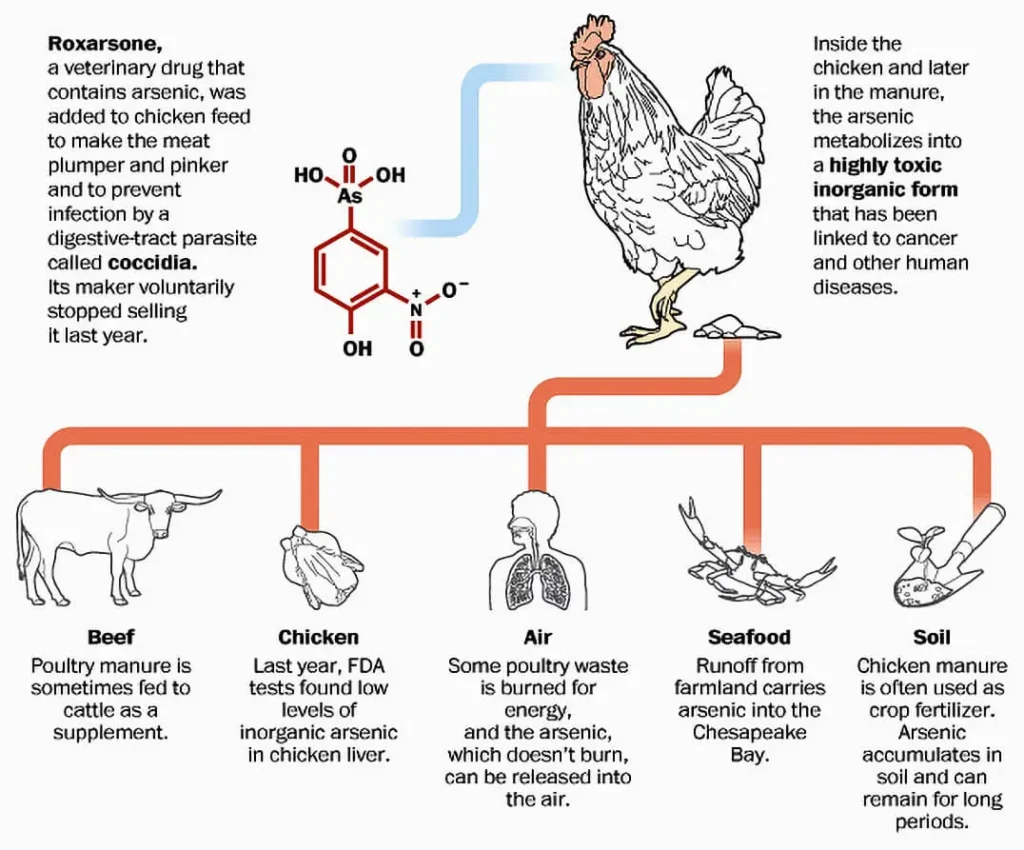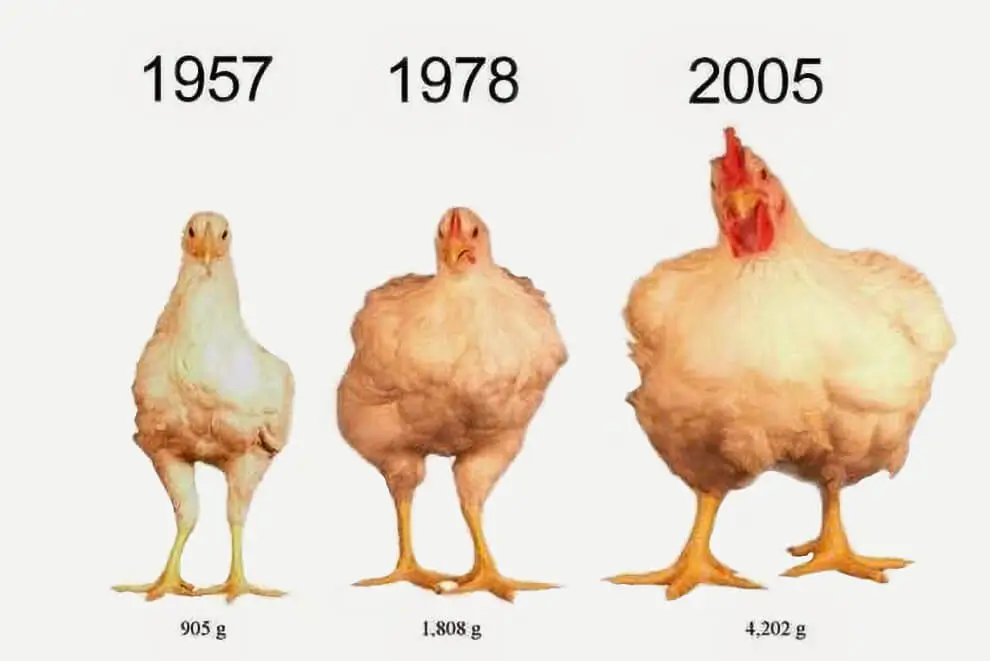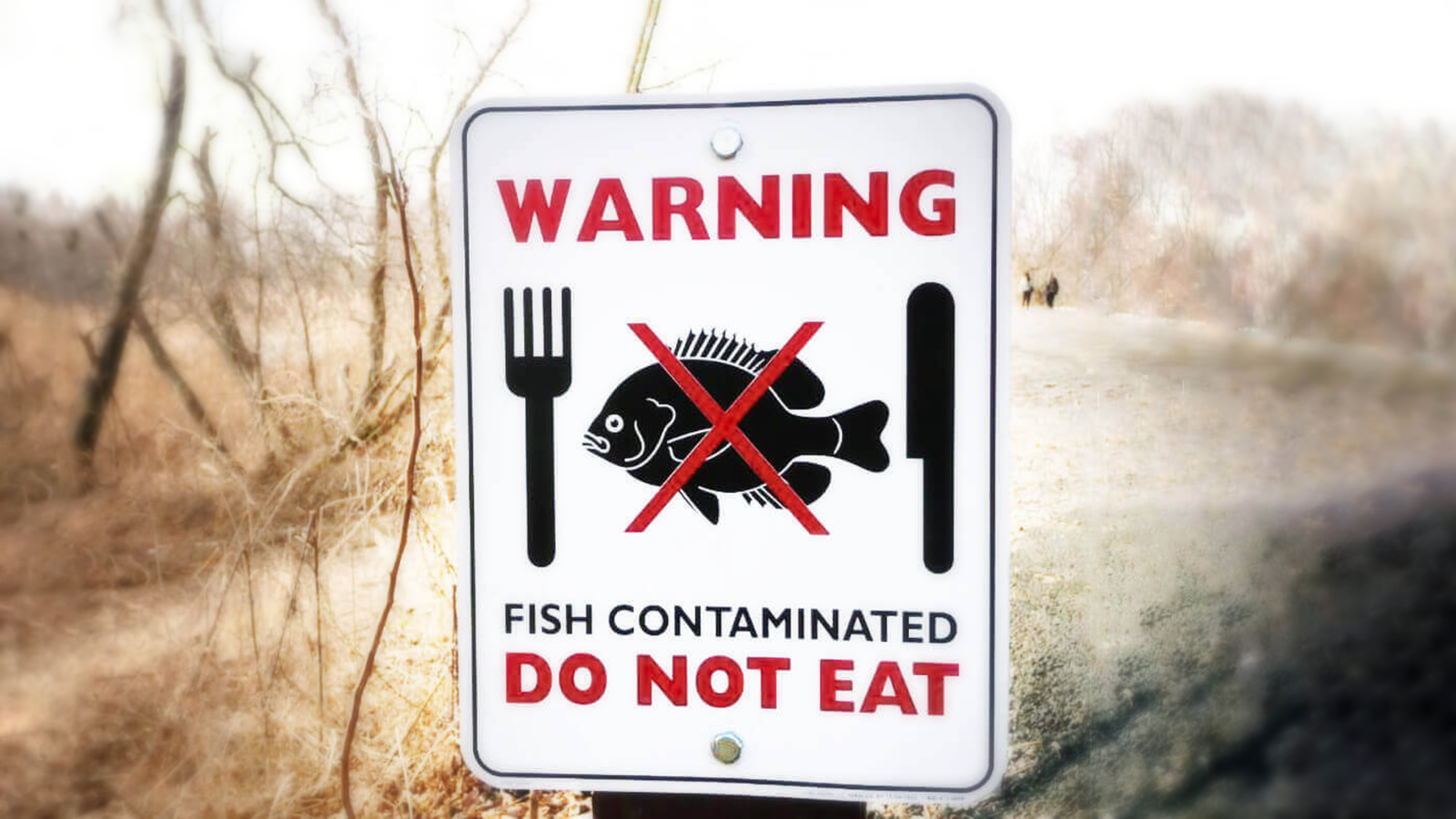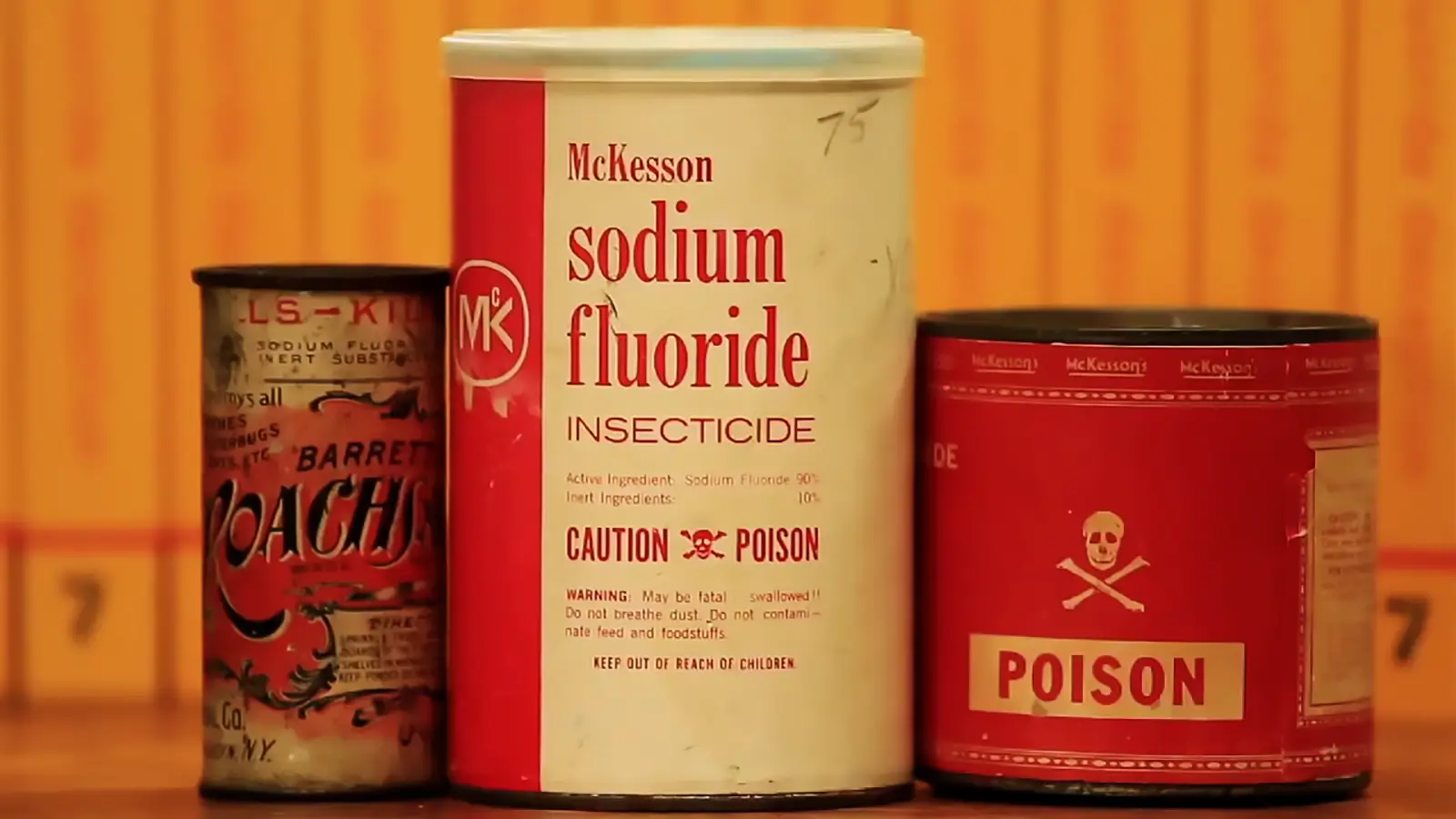In the US more than three-quarters of arsenic exposure comes from animal products and mostly from chicken than from beef, pork, hot dogs, eggs, and milk.
Milos Pokimica
Written By: Milos Pokimica
Medically Reviewed by: Dr. Xiùying Wáng, M.D.
Updated June 9, 2023Most of the arsenic exposure in the American diet does not come from rice because in the American diet rice is not a staple like in East Asia. In the US more than three-quarters of arsenic exposure comes from animal products and mostly from chicken.
The first mention of arsenic in history was at the court of the Roman Emperor Nero by the Greek physician Dioscorides in the first century. Arsenic is a hazardous substance because it lacks color, taste, or odor. It is abundant in nature and readily available to all classes of society. Because it can be mixed with drinks or food and leave no taste or smell it is an ideal substance for sinister uses. Symptoms of arsenic poisoning are also tough to detect because they mimic regular food poisoning and other common disorders. In large doses, it causes vomiting, diarrhea, violent abdominal cramping, and death. With chronic poisoning in small doses, there would be confusion, loss of strength, and paralysis. Eventually, arsenic trioxide (As2O3) known as white arsenic was commonly used to poison people with a lethal dose the size of a pea. Pope Alexander VI and his son, Cesare were, for example, well-known arsenic poisoners. Pope, Alexander VI appointed cardinals and with privileges and power granted by the church, cardinals were encouraged to do whatever it takes to increase their personal wealth. Then at some point, they were invited to have a meal with the Borgias resulting in the death of the cardinal. In that scenario by church law ownership of cardinal property reverted back to the church or in other words to Pope, Alexander VI, his executioner. With its colorful and long history, arsenic is not a substance that people want in their food.
If we look at arsenic pollution geographically, the U.S. is the most polluted place in the world. This is because arsenic is used in the farming industry for decades.
In modern poultry farms, there are too many chickens concentrated in a small amount of space. Most of them spend their entire life barely moving. In this type of condition chicken manure is a problem for the creation of infectious disease outbreaks. The typical chicken will produce roughly 90 pounds of manure. On big farms, there can be hundreds of thousands of chickens in one facility. The floor of these buildings is covered with feces, soybean, ethers, peanut, and rice hulls. To stop the infections and to prevent disease and promote growth the poultry industry has used organoarsenicals, such as a 3-nitro-4-hydroxyphenylarsonic acid (Roxarsone, ROX).
Due to continued soil accumulation, soil arsenic concentrations from long-term poultry litter applications can exceed safety level standards. These compounds would leach and contaminate underground waters that are in some cases even used for human consumption. What is much worse is that chicken litter is used for application to agricultural lands and for fertilizing fish ponds.
In the US around 90 percent of poultry litter filled with arsenic will be used in agricultural fields as fertilizer.
Then some of that arsenic will be absorbed by crops that grow on that arsenic-amended field. Poultry litter has also been used as feed for beef cattle as well. It is used as a starting material in the creation of mushroom compost. For years mushroom concentration of arsenic has rivaled rice. The latest study showed that now mushrooms average around half of the rice. The estimate was that around half a million pounds of pure arsenic were dumped in the environment every year in the U.S.
FDA monitors arsenic content in the diets of Americans for decades. The highest concentration is in farmed-raised fish at 1.14 ppm. Fish are fed with chicken manure. Even if you avoid fish, lower concentrations were found in most of the food items analyzed. Chicken has 0.08 ppm and rice has 0.16 ppm. Rice is the primary source of arsenic exposure in the non-seafood diet. FDA toxicologists argue that the average daily intake of arsenic poses no hazard to the consumer. I tend to disagree.
Arsenic pesticide usage in the U.S. has been common practice in cotton growing as well, so states like Mississippi and Arkansas have a higher level of pollution. Arsenic pesticides are now banned, but all of that pollution is still there so Californian rice, for example, has 41% lower levels of arsenic than Mississippi one. The concentration of arsenic in the soil can be at the point where it affects the rice plant itself. There is an arsenic toxicity disorder in rice called the straight head. The symptoms range from an increase of blank florets to complete grain failure. To deal whit this the industry created arsenic-resistant strains. Now rice can take much more than previously naturally possible without getting any problems. The only thing left to deal with this situation is for the industry now to create arsenic-resistant humans. The same story as with wine. Decades of arsenic pesticide use accumulated arsenic in the soil, so there is a constant, pervasive presence in American wine as well.
The situation today will be much worse if there wasn’t for one biostatistics student. It all started back in 2000 when a biostatistics student came to the USDA in search of a project for his master’s degree. What he was found is that the arsenic level in chicken was three times as in the other meats. Although this was an unexpected finding, it was soon explained to him that in the USA antibiotics containing arsenic are fed to the poultry to promote growth, improve pigmentation, and prevent diseases. FDA approved the first drug Roxarsone in 1944.
So while arsenic-containing drugs were in wide-scale use since the 1940’s the recognition of the exposure was only accrued after statistical analysis of the data. In other words, the FDA deliberately did nothing. The student did his master’s publication. After that, the study was published in 2004 and expanded in 2006.
Because the type of arsenic used is in organic form, not the toxic inorganic form made infamous in Arsenic and Old Lace the FDA approved these drugs as safe. This might seem logical to you, and I will like you to stop reading and think about this. How is it possible that FDA approves drugs for 70 years that are not safe? If arsenic used is in the nontoxic organic form then what is the problem, why would the FDA endanger the American people? They know what they are doing and who is manipulating who here? Poisoning children with 300 times of allowed arsenic concentrations for what? Profit. Without government approval, nothing can happen.
What happens, in this case, is this. When organic arsenic is cooked, cooking alters the arsenic profile into arsenite and arsenate. Also, microbes in the chicken manure alter the arsenic into inorganic form as well (Huang et al., 2014). It was shown that more than 96% of Roxarsone added to chicken feed was degraded and converted to arsenite, and other unknown As species. Roots of vegetables could absorb both forms of arsenate and arsenite, but only arsenite was transported up to shoots. This study proved that plants absorb the toxic inorganic As. Transport of arsenic goes like this: Roxarsone in feed › animals › animal manure › soil › crop.
Because of all of this “knowledge”, the Poison-Free Poultry Act of 2009 was introduced into Congress. Then again the Poison-Free Poultry Act of 2011, then again all of this was a just governmental lie. As a result, in 2013 different groups from the environmental movement, agriculture, food safety, and public health came together and filed joined lawsuit against the FDA forcing it to respond.
In 2015, to avoid public awareness of the entire corrupt system of the FDA, it was forced to withdraw approval for the last of the arsenic-containing drugs keeping this story as quiet as possible. The bad news for the industry is that without the Roxarsone the chicken meat will lose its appealing pink color. One more important thing to mention. Chicken manure is used for organic fertilizer production. It can be composted and converted to black gold. Arsenic was still there until 2016.
References:
- Huang, L., Yao, L., He, Z., Zhou, C., Li, G., Yang, B., & Deng, X. (2014). Roxarsone and its metabolites in chicken manure significantly enhance the uptake of As species by vegetables. Chemosphere, 100, 57–62. https://doi.org/10.1016/j.chemosphere.2013.12.074
Related Posts
Do you have any questions about nutrition and health?
I would love to hear from you and answer them in my next post. I appreciate your input and opinion and I look forward to hearing from you soon. I also invite you to follow us on Facebook, Instagram, and Pinterest for more diet, nutrition, and health content. You can leave a comment there and connect with other health enthusiasts, share your tips and experiences, and get support and encouragement from our team and community.
I hope that this post was informative and enjoyable for you and that you are prepared to apply the insights you learned. If you found this post helpful, please share it with your friends and family who might also benefit from it. You never know who might need some guidance and support on their health journey.
– You Might Also Like –

Learn About Nutrition
Milos Pokimica is a doctor of natural medicine, clinical nutritionist, medical health and nutrition writer, and nutritional science advisor. Author of the book series Go Vegan? Review of Science, he also operates the natural health website GoVeganWay.com
Medical Disclaimer
GoVeganWay.com brings you reviews of the latest nutrition and health-related research. The information provided represents the personal opinion of the author and is not intended nor implied to be a substitute for professional medical advice, diagnosis, or treatment. The information provided is for informational purposes only and is not intended to serve as a substitute for the consultation, diagnosis, and/or medical treatment of a qualified physician or healthcare provider.NEVER DISREGARD PROFESSIONAL MEDICAL ADVICE OR DELAY SEEKING MEDICAL TREATMENT BECAUSE OF SOMETHING YOU HAVE READ ON OR ACCESSED THROUGH GoVeganWay.com
NEVER APPLY ANY LIFESTYLE CHANGES OR ANY CHANGES AT ALL AS A CONSEQUENCE OF SOMETHING YOU HAVE READ IN GoVeganWay.com BEFORE CONSULTING LICENCED MEDICAL PRACTITIONER.
In the event of a medical emergency, call a doctor or 911 immediately. GoVeganWay.com does not recommend or endorse any specific groups, organizations, tests, physicians, products, procedures, opinions, or other information that may be mentioned inside.
Editor Picks –
Milos Pokimica is a health and nutrition writer and nutritional science advisor. Author of the book series Go Vegan? Review of Science, he also operates the natural health website GoVeganWay.com
Latest Articles –
Top Health News — ScienceDaily
- Why consciousness exists at allon December 15, 2025
Consciousness evolved in stages, starting with basic survival responses like pain and alarm, then expanding into focused awareness and self-reflection. These layers help organisms avoid danger, learn from the environment, and coordinate socially. Surprisingly, birds show many of these same traits, from subjective perception to basic self-awareness. This suggests consciousness is far older and more widespread than once believed.
- AI found a way to stop a virus before it enters cellson December 15, 2025
Researchers discovered a hidden molecular “switch” that herpes viruses rely on to invade cells. By combining AI, simulations, and lab experiments, they identified and altered a single amino acid that shut down viral entry. What once might have taken years was achieved far faster using computational tools. The findings open new possibilities for designing future antiviral treatments.
- New study shows some plant-based diets may raise heart disease riskon December 15, 2025
Researchers tracking over 63,000 adults found that high-quality, minimally processed plant foods significantly reduce cardiovascular risk. But when those plant foods are ultra-processed, the advantage disappears—and can even backfire. Some ultra-processed plant diets increased risk by 40%. The study urges a shift toward whole, naturally nutrient-rich plant foods.
- These simple habits could make your brain 8 years younger, study findson December 15, 2025
New research shows that your brain’s “true age” can shift dramatically depending on how you live, with optimism, restorative sleep, stress management, and strong social support acting like powerful anti-aging tools. Using advanced MRI-based brain-age estimates, scientists found that people with multiple healthy lifestyle factors had brains up to eight years younger than expected — even among those living with chronic pain.
- Anxiety and insomnia linked to sharp drops in key immune cellson December 15, 2025
Natural killer cells act as the immune system’s rapid-response team, but the stress of anxiety and insomnia may be quietly thinning their ranks. A study of young women in Saudi Arabia found that both conditions were linked to significantly fewer NK cells—especially the circulating types responsible for destroying infected or abnormal cells. As anxiety severity increased, NK cell levels dropped even further, suggesting a stress-driven weakening of immune defenses.
- Cannabis compounds show unexpected power against ovarian canceron December 15, 2025
Scientists have discovered that key compounds from cannabis—CBD and THC—show surprisingly strong effects against ovarian cancer cells. Used together, they slow cell growth, reduce colony formation, and may even block the cancer’s ability to spread. Even more promising, the treatment caused minimal harm to healthy cells and appears to work by restoring a disrupted signaling pathway that fuels tumor growth.
- Mayo Clinic neurosurgeon reveals 8 back pain myths to stop believingon December 15, 2025
Back pain is wrapped in persistent myths, but many are far from the truth. From misconceptions about heavy lifting and bed rest to confusion over posture, exercise, and surgery, Dr. Meghan Murphy breaks down what really causes pain and what actually helps. Her insights reveal that everyday habits, movement, and smart prevention often make a bigger difference than people realize.
PubMed, #vegan-diet –
- Healthful and Unhealthful Plant-Based Diets and Their Association with Cardiometabolic Targets in Women Diagnosed with Breast Cancer: A Cross-Sectional Analysis of a Lifestyle Trialon December 11, 2025
CONCLUSIONS: Maintaining cardiometabolic risk factors within normal ranges is clinically relevant in BCS, and this may be more likely when a plant-based diet is consumed, especially if low in unhealthy plant foods.
- Dietary and Lifestyle Patterns and Their Associations with Cardiovascular and Inflammatory Biomarkers in Vegans, Vegetarians, Pescatarians, and Omnivores: A Cross-Sectional Studyon December 11, 2025
Background: Plant-based diets are associated with reduced cardiometabolic risk, yet the influence of lifestyle behaviors on these benefits remains insufficiently understood. Objective: To assess the combined impact of dietary patterns and lifestyle behaviors on body composition, lipid profiles, and inflammatory biomarkers in healthy young adults. Methods: In this cross-sectional study, 155 participants aged 18-39 years were categorized into four dietary groups: vegans (n = 48), vegetarians (n […]
- Functional and Nutritional Properties of Lion’s Mane Mushrooms in Oat-Based Desserts for Dysphagia and Healthy Ageingon December 11, 2025
Hericium erinaceus (Lion’s Mane mushroom) is a medicinal species recognised for its neuroprotective and antioxidant properties. This study investigated its potential as a functional ingredient in oat milk-based desserts formulated for individuals with dysphagia. Freeze-dried Lion’s Mane powder (LMP), containing high-quality protein (~16%, amino acid score 88%), dietary fibre (~31%), and phenolic compounds (72.15 mg GAE/g), was incorporated at varying levels using gelatin or iota-carrageenan […]
- “A football team with no midfield”: A qualitative analysis of anti-vegan stigma in Italyon December 7, 2025
A growing body of research has demonstrated the prevalence of unfavourable attitudes towards individuals who adhere to a vegan diet and has provided empirical evidence to support the existence of an anti-vegan ideology. The present study aims to contribute to extant knowledge by examining the social perception of veganism and vegans in Italy. Italy is a nation characterised by a traditional culture of food that serves as a significant catalyst for collective identification and national pride….
- Plant-based dietary index on the Mediterranean and a vegan diet: a secondary analysis of a randomized, cross-over trialon December 5, 2025
CONCLUSION: These findings suggest that, replacing animal products even with the “unhealthful” plant-based foods on a vegan diet was associated with weight loss.
Random Posts –
Featured Posts –
Latest from PubMed, #plant-based diet –
- Identification of effective plant-based oils for use in aquafeed: An evaluation of impact on gamete quality and developmental success using zebrafish (Danio rerio) as a screening organismby Seyed-Mohammadreza Samaee on December 14, 2025
To evaluate the effectiveness of zebrafish as a screening system for identifying appropriate plant oils (POs) for aquafeed, Artemia nauplii (AN) were enriched with three single- cultivar olive oils (OO): Koroneiki, Parseh, and Arghavan. The resulting AN (ANKor, ANPar, ANArg, and AN36 [36 h starved AN, control]) were then fed to 360 fish (3.5 cm) for one month. The fatty acid (FA) profile of the AN was reflected in the ova and influenced both sperm motility and density, which in turn affected […]
- The Effect of Dietary Interventions on Human Vascular Function in the Context of Acute Psychological Stress: A Scoping Reviewby Rosalind Baynham on December 14, 2025
Episodes of acute psychological stress increase the risk for cardiovascular diseases, partially through stress-induced impairments in vascular function. During psychologically stressful periods, individuals are more likely to consume unhealthy foods and fewer fruits and vegetables. Yet, the impact of dietary choices and their nutritional composition on vascular function in the context of psychological stress is unclear. In this scoping review, comprehensive database searches were carried out […]
- Plant-based diets, gut microbiota, blood metabolome, and risk of colorectal, liver and pancreatic cancers: results from a large prospective cohort study of predominantly low-income Americansby Fangcheng Yuan on December 14, 2025
CONCLUSIONS: A diet high in healthy plant foods and low in animal foods was inversely associated with liver cancer risk and with CRC risk among screening-naïve participants. These associations may be partly mediated through gut microbiota and systemic metabolism.
- Vegetarian diet and likelihood of becoming centenarians in Chinese adults aged 80 years or older: a nested case-control studyby Yaqi Li on December 14, 2025
CONCLUSIONS: Targeting individuals of advanced age (80+ years) in China, we found that individuals following vegetarian diet had lower likelihood of becoming centenarians relative to omnivores, underscoring the importance of a balanced high-quality diet with animal- and plant-derived food composition for exceptional longevity, especially in the underweight oldest-old.
- Priority of nutrition and exercise in depression management: triangulating mini-review of past and recent evidence with clinical practice guidelinesby Shannon Rogers on December 14, 2025
CONCLUSIONS: Disparities that exist in leading depression management guidelines vis-à-vis inclusion of evidence-informed nutrition and PA/PE recommendations, warrant reconciliation. Evidence supporting anti-depressant WFPB nutrition and limiting pro-inflammatory animal-sourced food and UPF and supporting anti-inflammatory aerobic exercise and resistance training warrants being translated into national/international depression management guidelines as consistently as recommendations for…
- The effect of a diet based on vegetable and dairy protein on biochemical and functional indicators of sarcopenia in patients with liver cirrhosis: a randomized controlled trialby Mahdiyeh Taghizadeh on December 13, 2025
CONCLUSIONS: In conclusion, a vegetable and dairy protein-based diet effectively inhibited significant elevations in ammonia levels compared to the standard diet in persons with liver cirrhosis; however, anthropometric parameters and muscle function did not differ between two groups.


